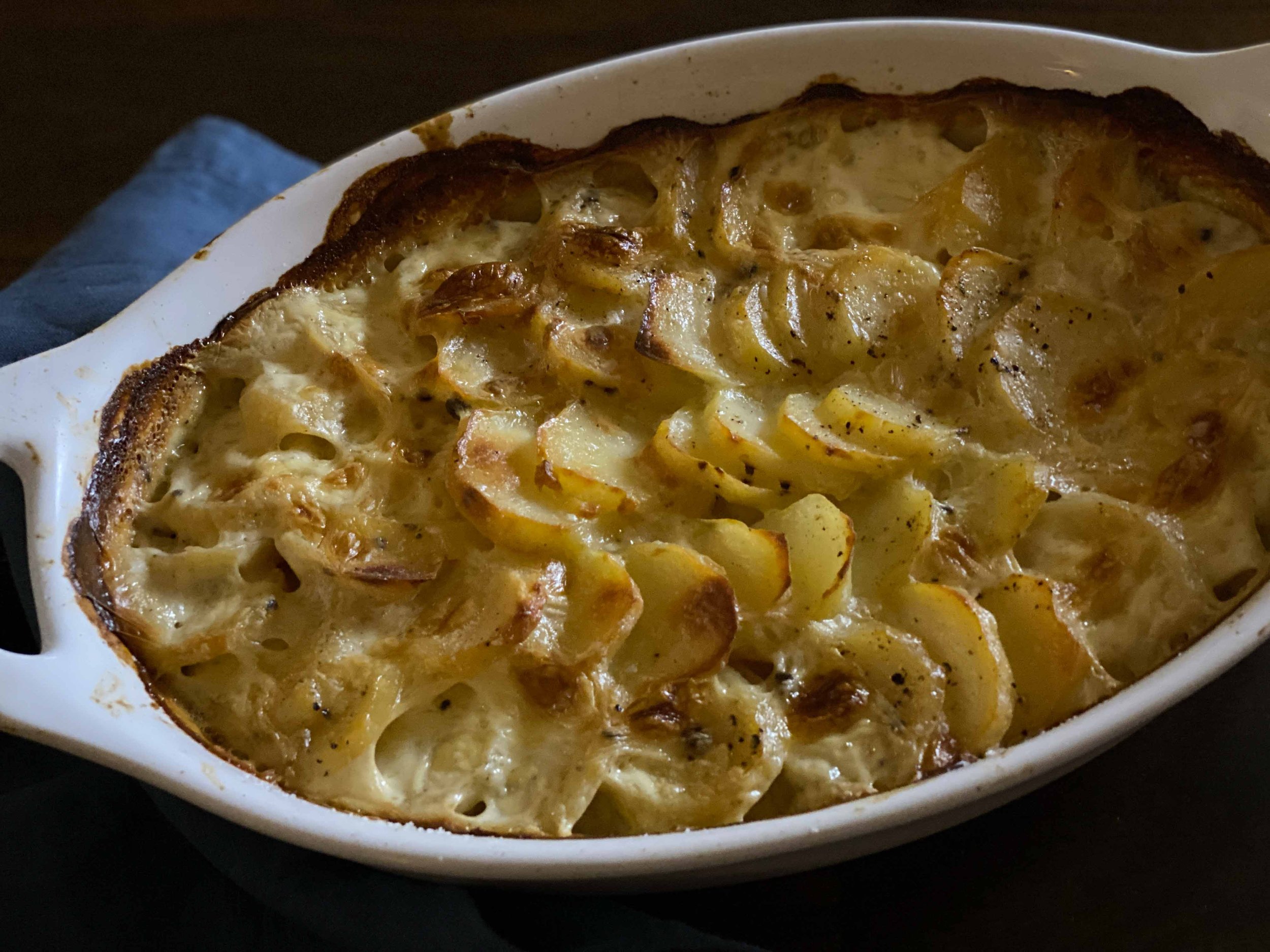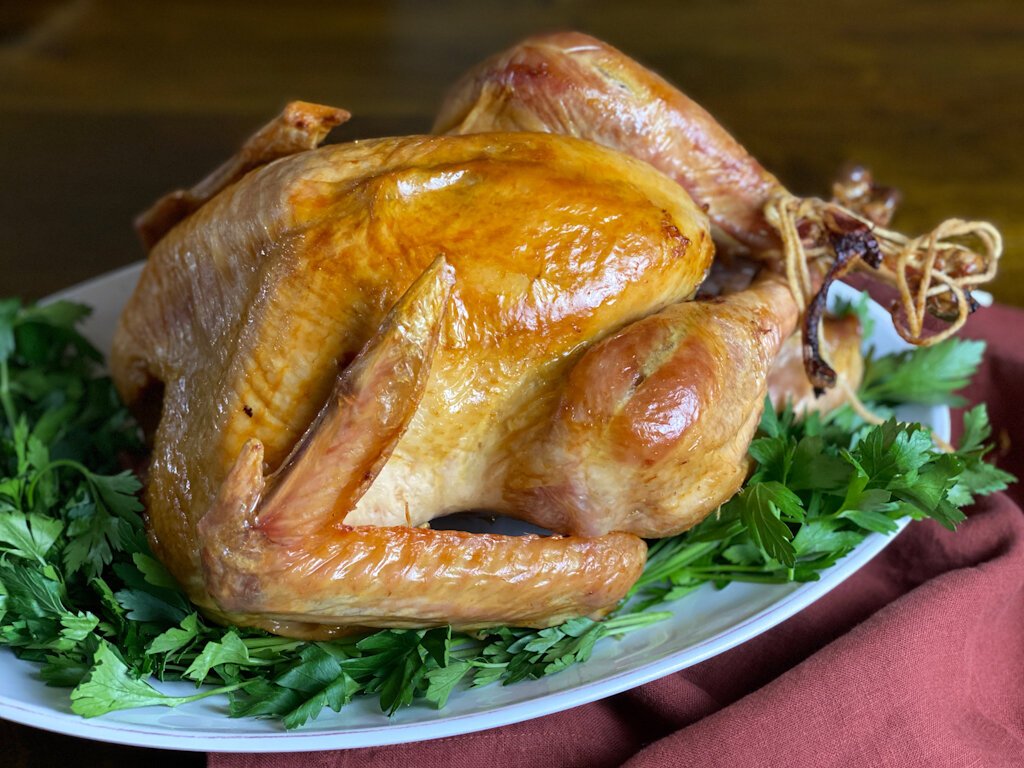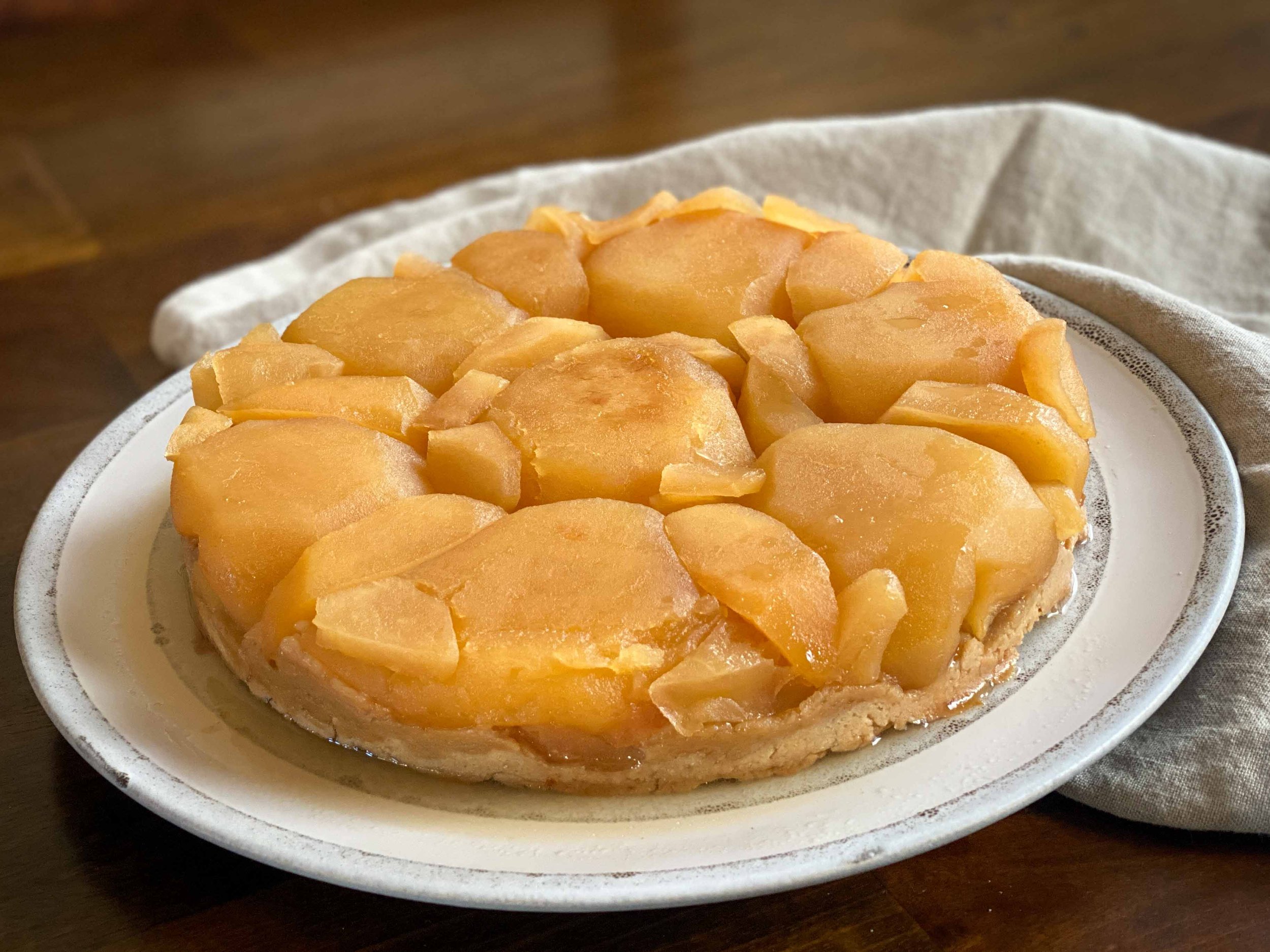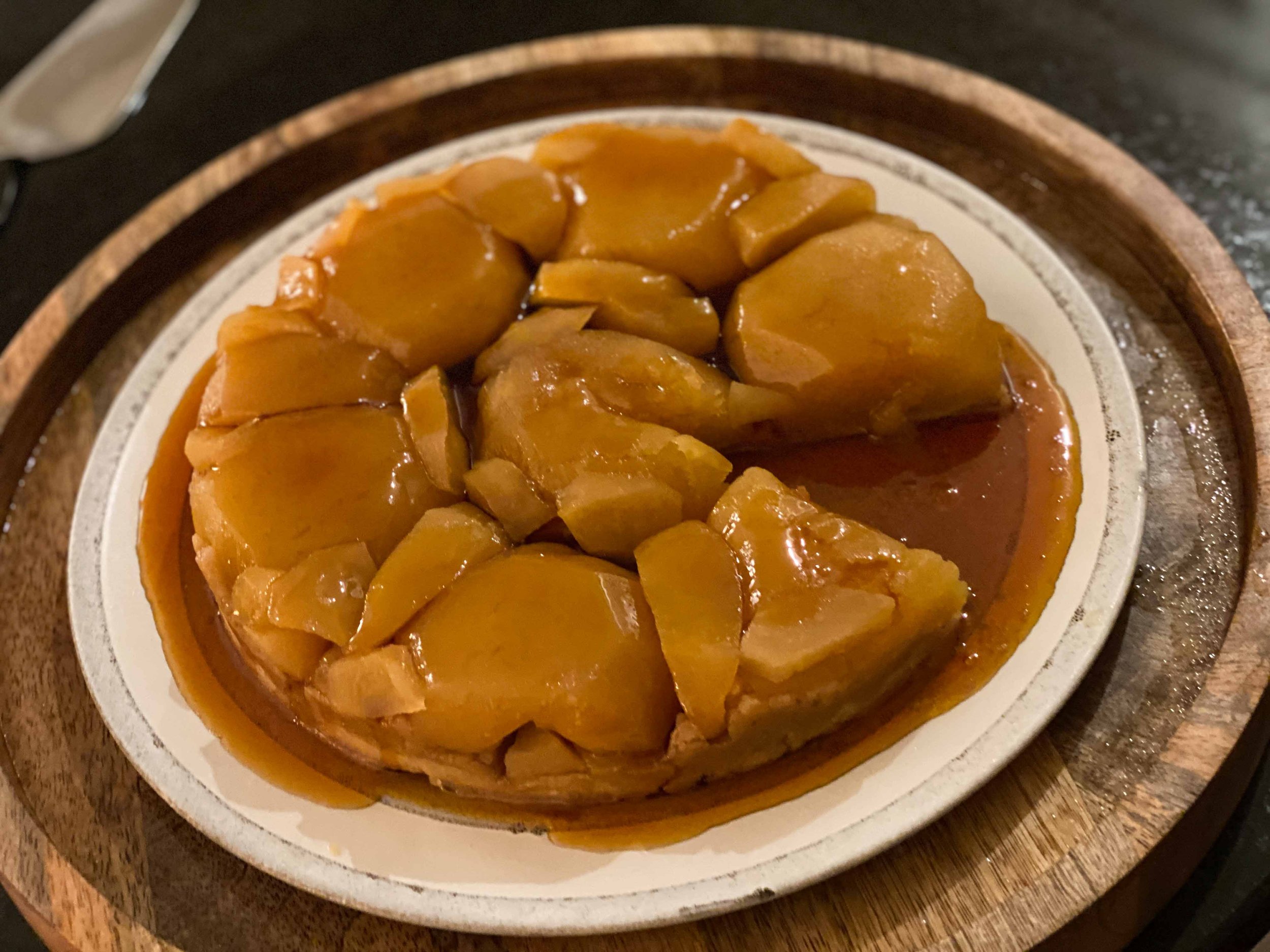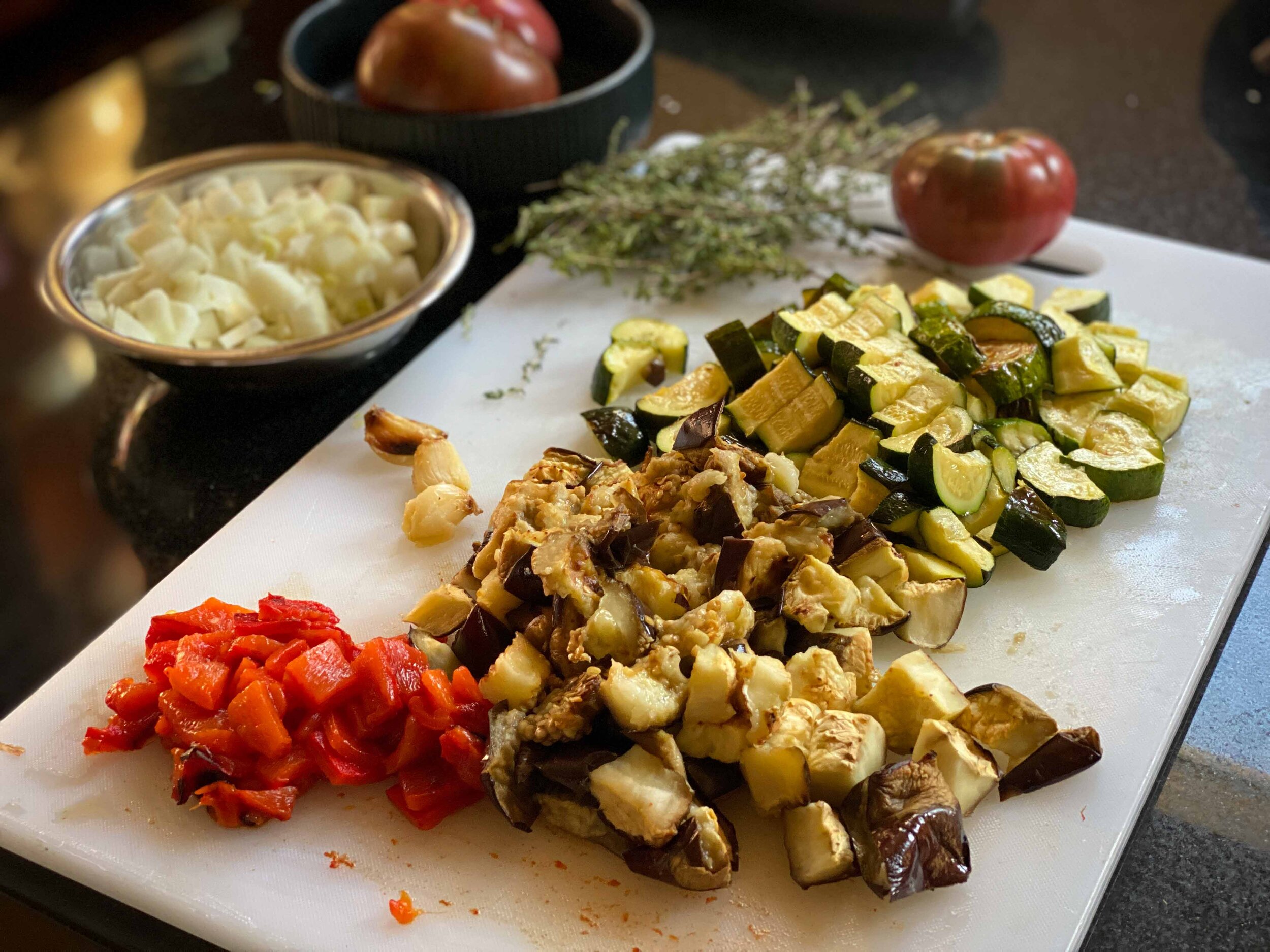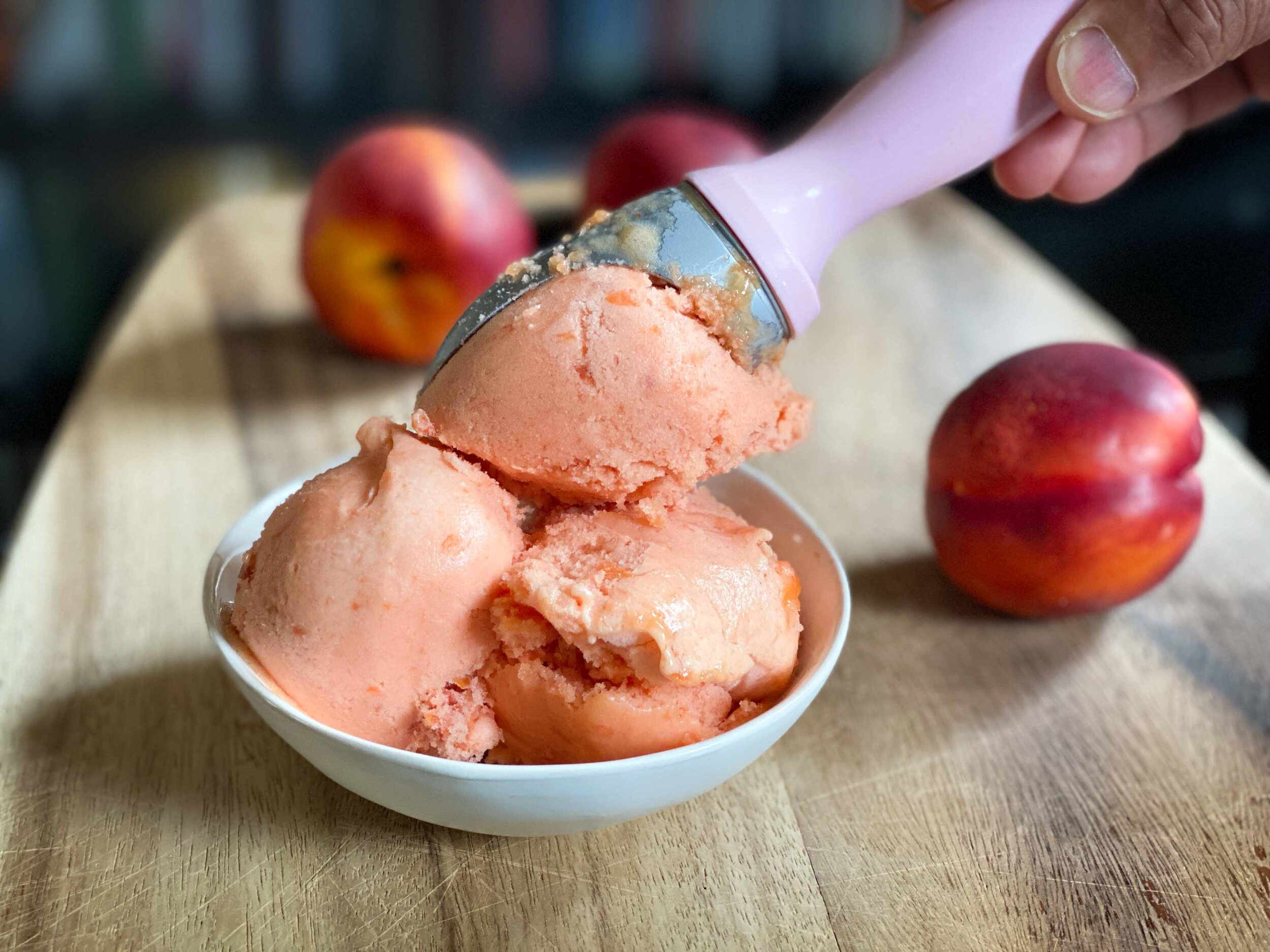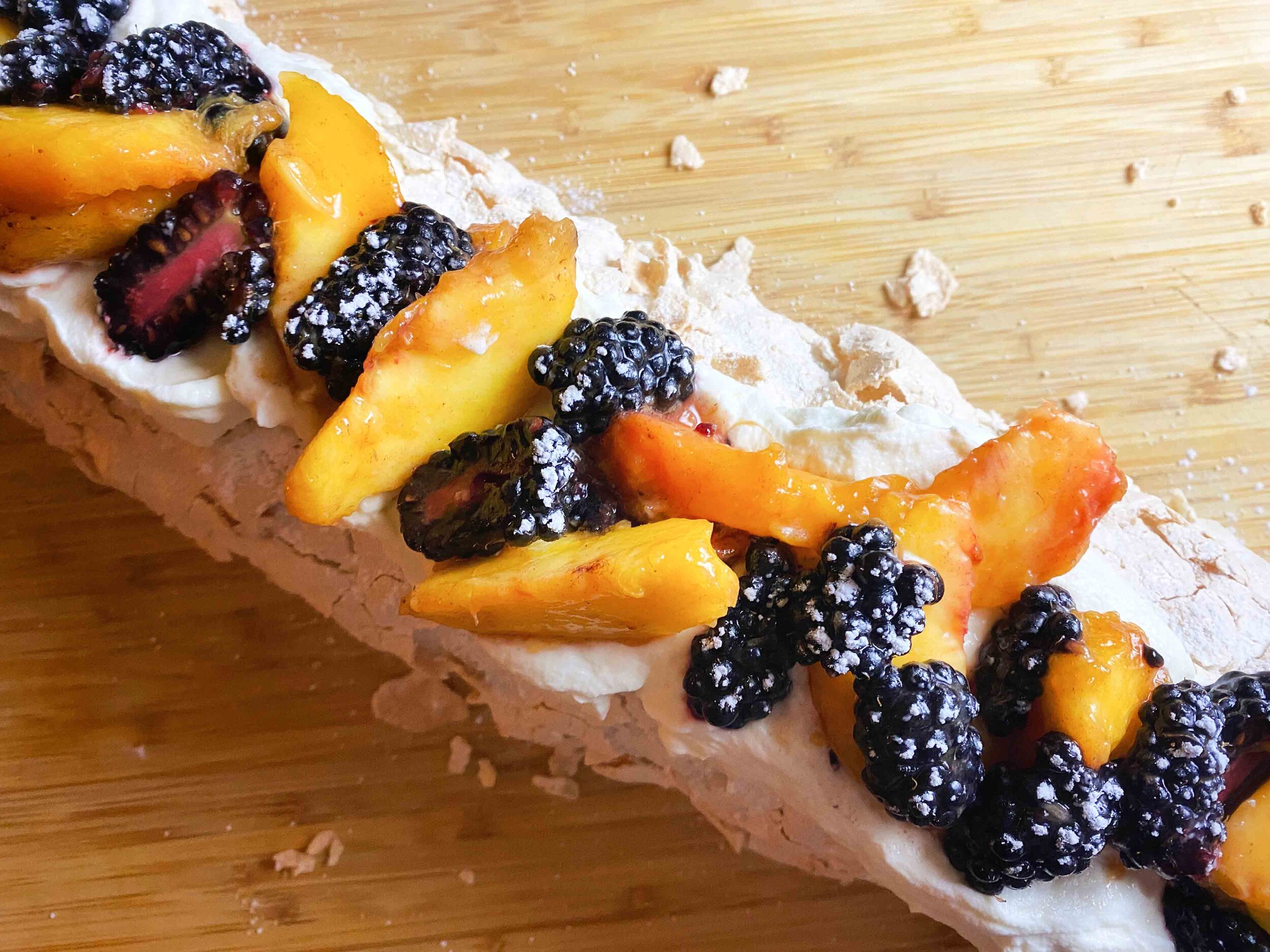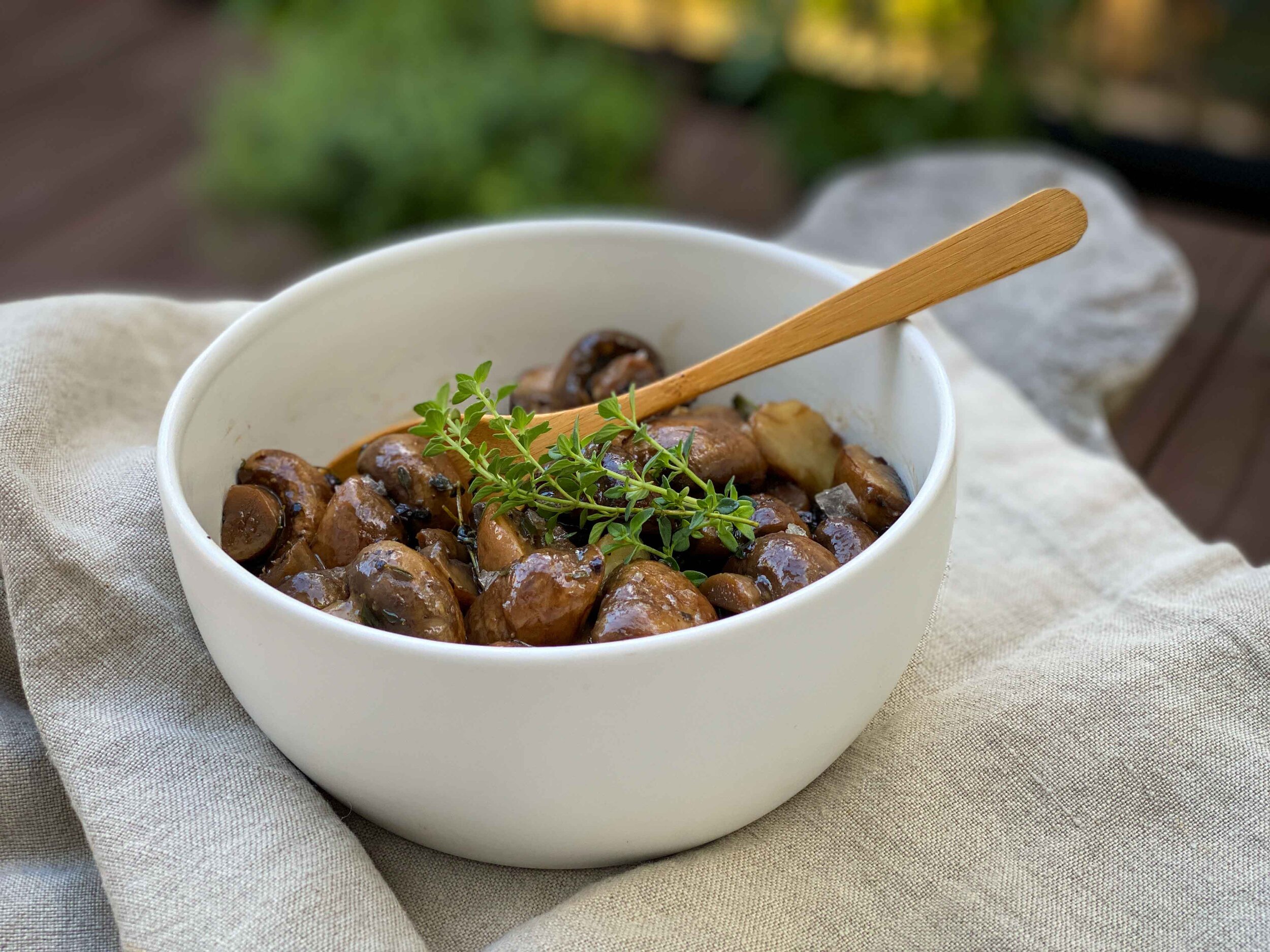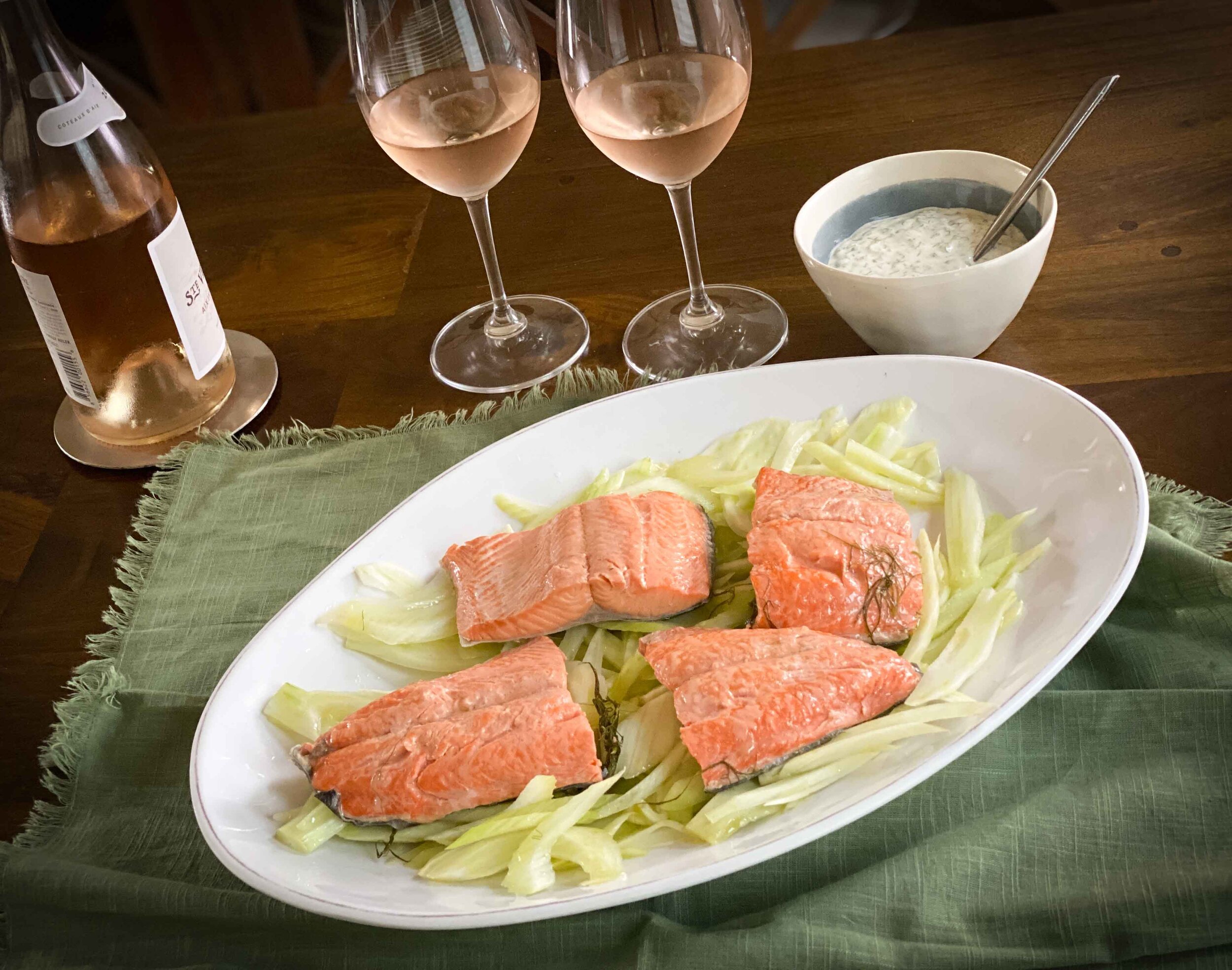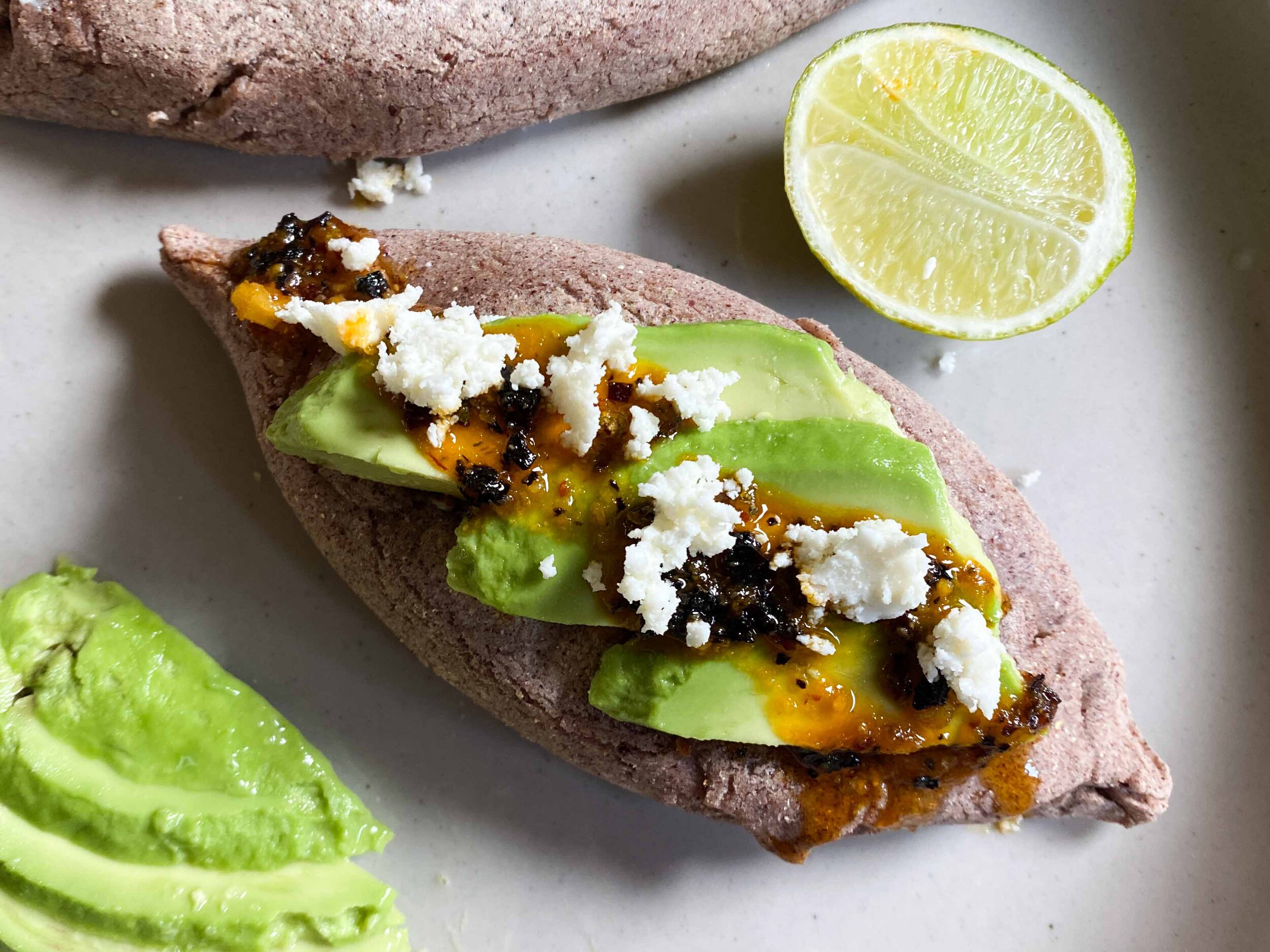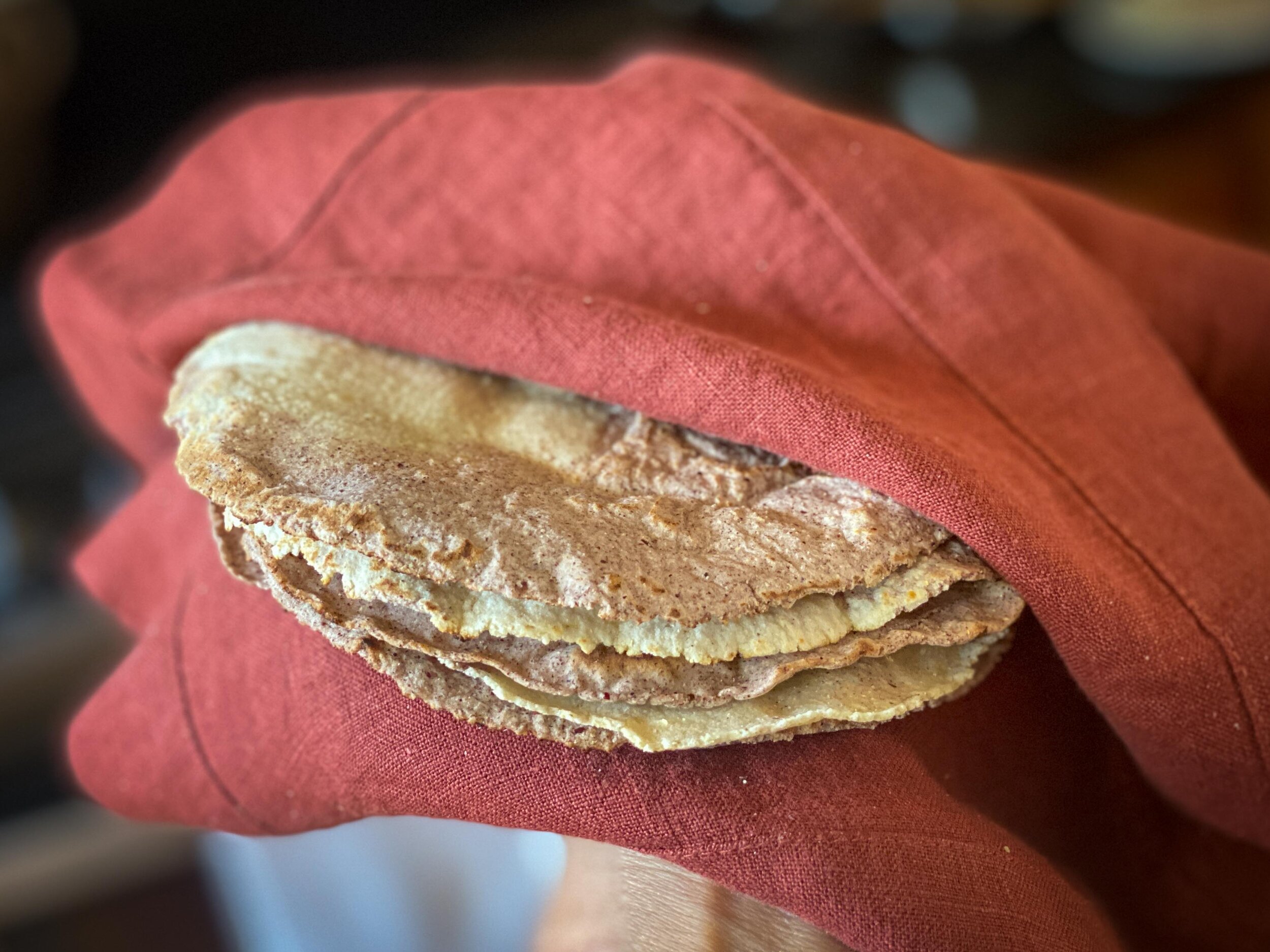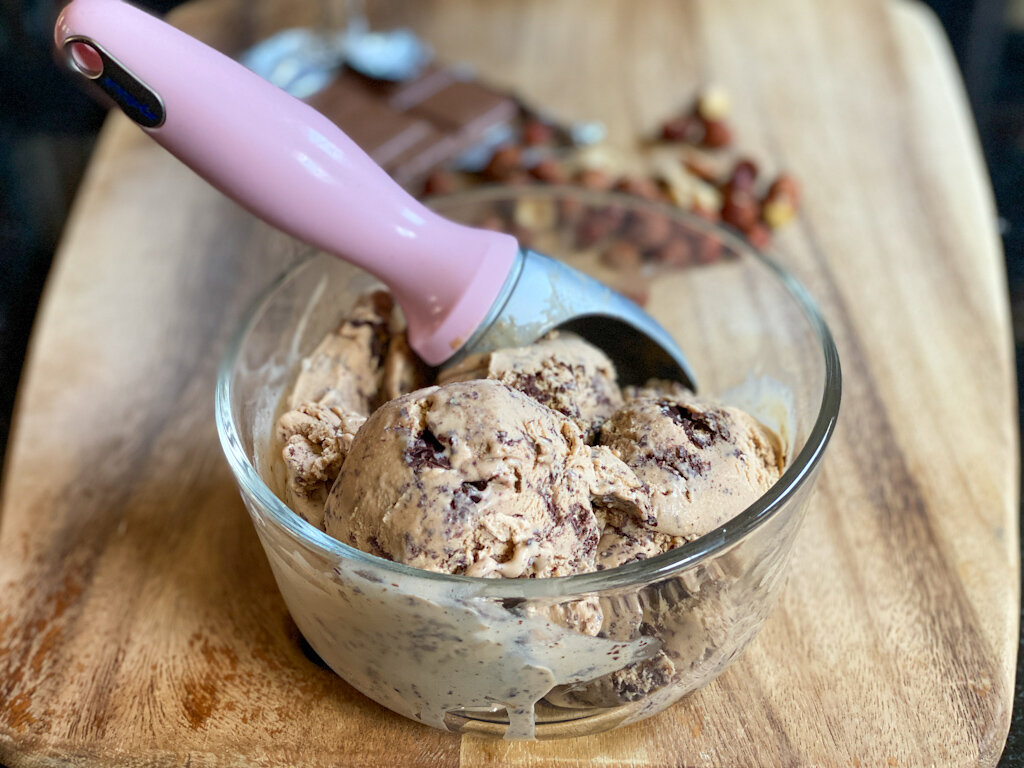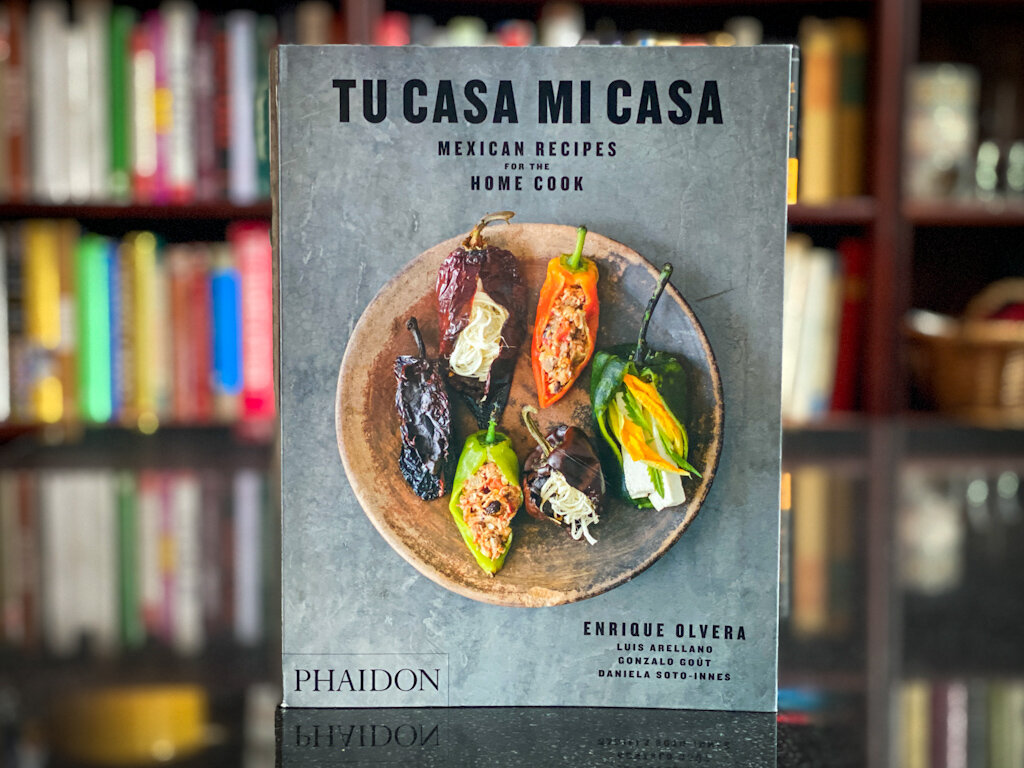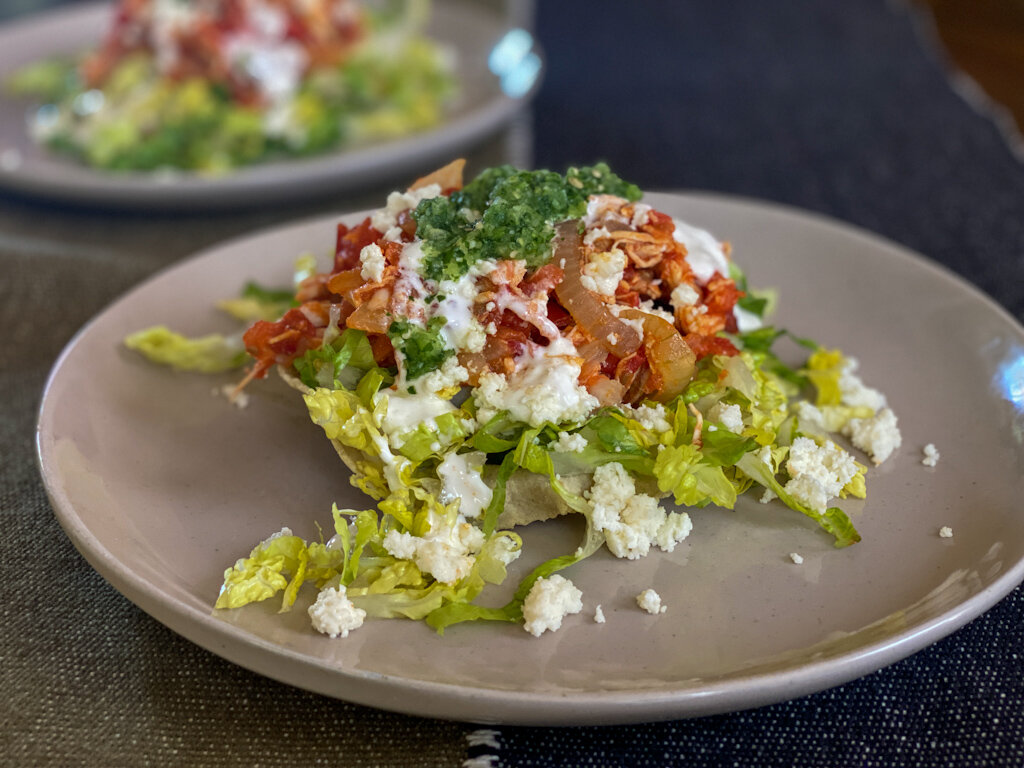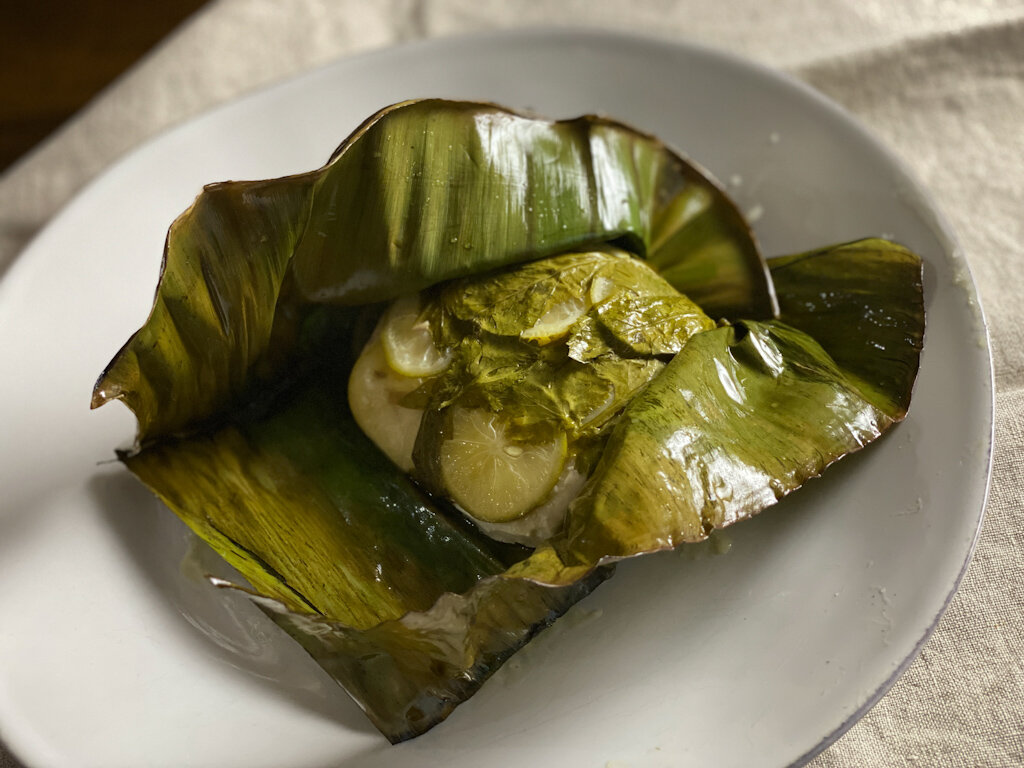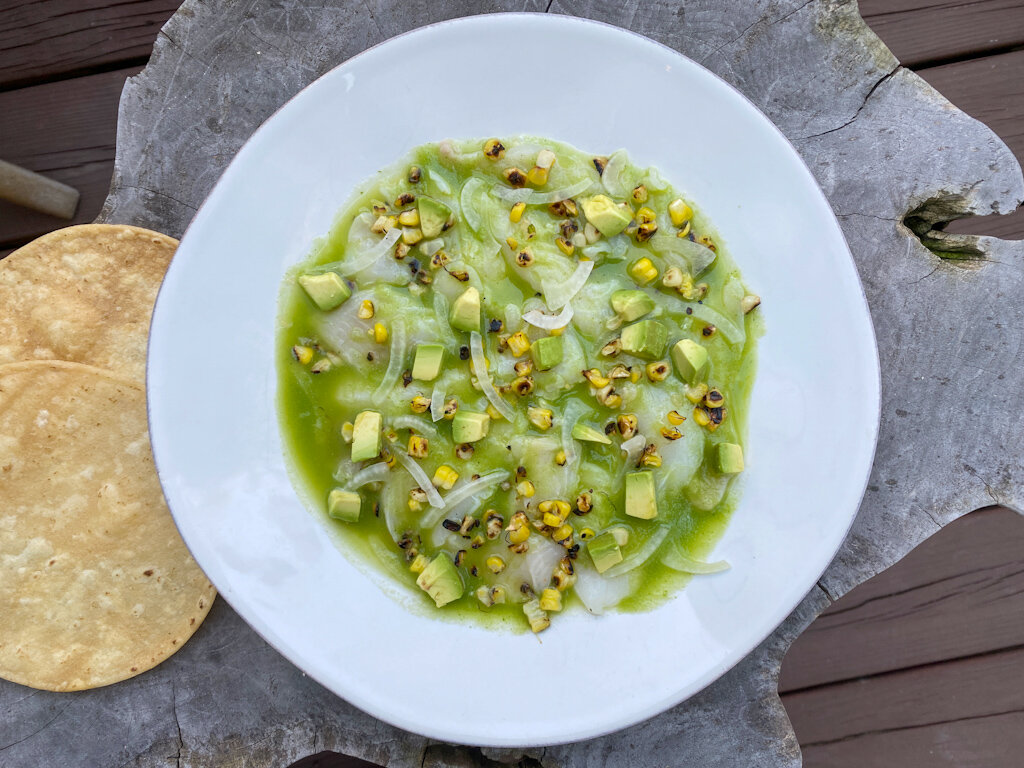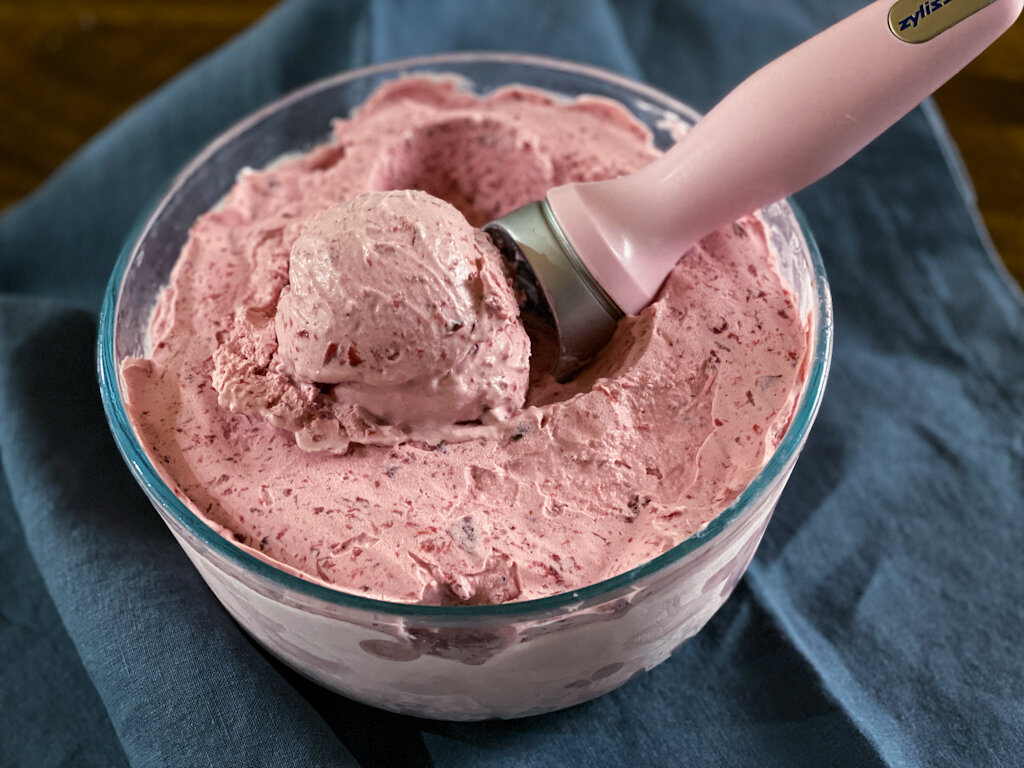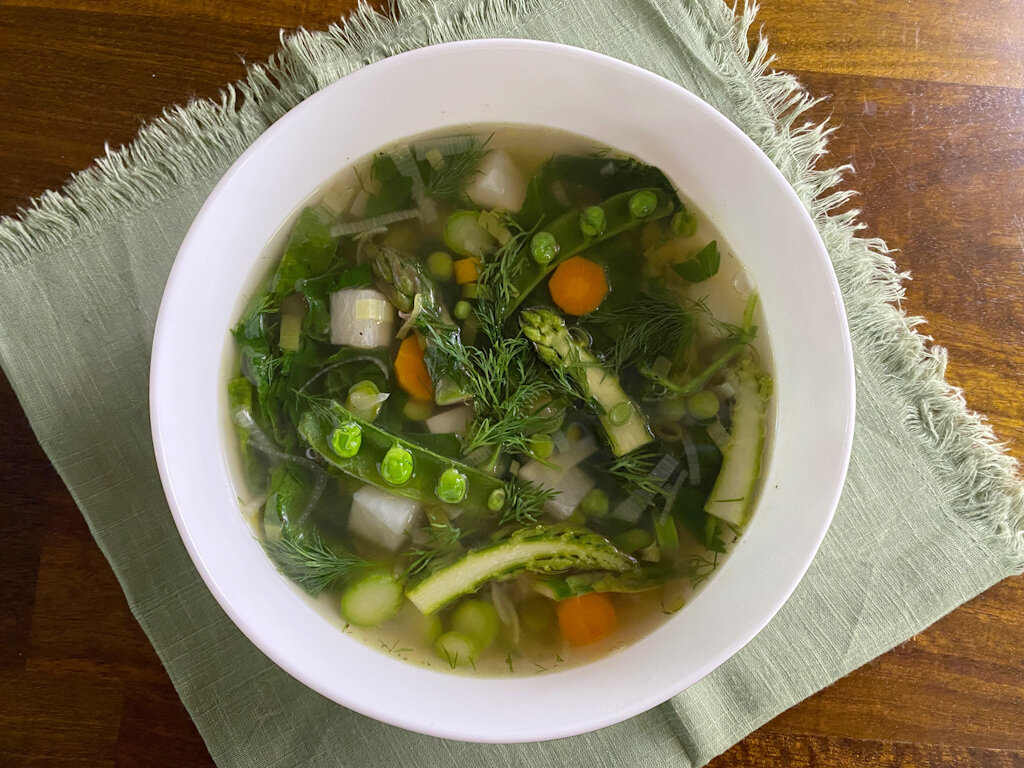By Leslie Brenner
A highly anticipated magnum opus on pasta from one of New York’s most respected chefs! An inspired and inspiring exploration of Black foodways curated by the chef-in-residence of San Francisco’s Museum of the African Diaspora! A gorgeous culinary tour of Vietnam and beyond, filled with the recipes of the author’s grandmother! Cookbook fans on your holiday gift list this year are in for such incredible treats.
These are the new books I’m most excited to start cooking from — and reading — this season.
The eight titles described below have been published in the last four months.
Find all our cookbook reviews here, including 9 reviewed so far this year (with recipes!).
Support independent booksellers, authors and Cooks Without Borders — all at the same time — by purchasing your cookbook gifts this year through our shop at Bookshop. (Once you log in through our shop, any purchase you make there will earn us a commission.) Or, if it’s more convenient, purchase through our Amazon links, which also may earn us a (much smaller) commission.
Black Food
The inaugural volume from Bryant Terry’s new imprint at Ten Speed Press, 4 Color Books, will enthrall anyone interested in Black foodways. Terry edited and curated the collection, which includes photographs, collages, essays, poetry and (of course) recipes. “Without being overly prescriptive,” he writes in the intro, “I asked brilliant colleagues to offer dishes that embody their approach to cooking and draw on history and memory while looking forward.” Overall, the idea is to “promote a concept of food that embraces courage, commitment and self-discovery, and ultimately moves each of us to a better place.”
It’s a gorgeous, fascinating and beautiful book, with a trove of exciting stuff to explore.
Can’t wait to cook: Betty Vandy’s Potato Leaves with Eggplant and Butter Beans; BJ Dennis’ Okra & Shrimp Purloo; Adrian Lipscombe’s Collards with Pot Likker, Cornbread Dumplings & Green Tomato Chowchow; Nina Compton’s Lentil, Okra & Coconut Stew; Hawa Hassan’s Somali Lamb Stew; Sarah Kirnon’s Bajan Fish Cakes; Jenné Claiborne’s Nana’s Sweet Potato Pie; Edna Lewis’ Fresh Peach Cobbler with Nutmeg Sauce.
Black Food: Stories, Art & Recipes from Across the African Disapora, edited by Bryant Terry, 2021, 4 Color Books, $40.
Pasta: The Spirit and Craft of Italy’s Greatest Food, with Recipes
From James Beard Award-winning New York chef Missy Robbins (Lilia, Misi), this is the book all the Italo-phile chefs can’t wait to get their hands on. I’m afraid once I dive in, I’ll be sunk — pasta is my weakness, and the book’s pages are so mesmerizing, I can feel a fresh obsession coming on. How lovely to have such an inspiring guide!
Mouth is watering for: Mortadella and Ricotta-Filled Balanzoni with Brown Butter and Sage); Corzetti with Herbs and Pine Nuts; Pappardelle with Braised Rabbit Ragù; Stricchetti with Smashed Peas and Prosciutto, and so much more.
Pasta by Missy Robbins and Talia TBaiocchi; food photography by Kelly Puleio, location photography by Stephen Alessi, illustrations by Nick Hensley, 2021, Ten Speed Press, $40.
Treasures of the Mexican Table
Mexico City-born Pati Jinich traveled all throughout her native country’s 32 states to collect the recipes in this collection, subtitled “Classic Recipes, Local Secrets.” The PBS star worked on Treasures of the Mexican Table for more than a dozen years, and anyone who loves cooking Mexican food will want to give the work a permanent spot on their shelf, alongside the seminal volumes by Diana Kennedy and Enrique Olvera & Co. With enticing photos by Angie Moser, Treasures is an important, approachable and relatable trove of recipes that adds up to a rich and delicious panorama of contemporary Mexican cooking.
High on my list to cook: Potato and Poblano Sopes; Pinto Bean Soup with Masa Dumplings; Corn Soup with Queso Fresco; Vuelve a la Vida; Pescado Zarandeado; Pámpano en Salsa Verde; Chicken Mole with Mushrooms; Mole Poblano con Pollo; Tasajo; Cecina; Barbacoa de Borrego; Burnt Milk Ice Cream.
Treasures of the Mexican Table: Classic Recipes, Local Secrets, by Pati Jinich, photographs by Angie Mosier, 2021, Houghton Mifflin Harcourt, $35.
Middle Eastern Sweets
The elegant new book from Salma Hage — with enticing photographs by Liz and Max Haarala Hamilton — follows the success of Hage’s The Lebanese Kitchen, The Middle Eastern Vegetarian Cookbook and The Mezze Cookbook. Because I adore the Lebanese cookies known as ma’moul, the cover speaks loudly to me: I own a ma’moul mold (similar to the one at the bottom of the photo, meant for walnut-filled cookies), and I haven’t yet had the occasion to try my hand at them. I’m thinking Hage will be exactly the right teacher.
Also eager to make: Syrian Sesame & Pistachio Biscuits (Barazek); Pistachio Katmer; Moroccan Snack Cake (M’hanncha); Kunafa; Persian Marzipan Sweets (Toot); Orange & Pistachio Turkish Delight; Tahini & Pistachio Halva; Cardamom Ice Cream; Persian Saffron & Rose Water Ice Cream (Bastani); Lebanese Tea Loaf; Sweet Tahini Swirls.
Middle Eastern Sweets: Desserts, Pastries, Creams & Treats by Salma Hage, Photographs by Liz and Max Haarala Hamilton, illustrations by Marwan Kaabour, 2021, Phaidon, $35.
Tasting Vietnam
I love recipe collections that set the cuisine they cover in immersive context, and that’s the idea of this engaging family-memoir-meets-cookbook from Anne-Solenne Hatte. The book collects the recipes of Hatte’s maternal grandmother, Bà Ngoại, who grew up in the rice paddies near Hanoi, married a man who was President Ngo Đinh Diệm’s right-hand man, and lived her long life on three continents. Originally published in French in 2019 as La Cuisine de Bà, the book is part of a Rizzoli series for which Alain Ducasse is Collection Director.
Hungry to try: Bánh Bèo (Steamed Rice and Shrimp Cakes); Thịt Heo Kho (Caramelized Pork Belly with Eggs); Canh Rau Cải (Mustard Greens Soup); Đồ Chua (Pickled Eggplant, Carrots, Turnips and Mustard Greens); Bán Xèo; Nộm Hoa Chuối (Banana Blossom Salad with Passion Fruit).
Tasting Vietnam: Flavors and Memories from my Grandmother’s Kitchen by Anne-Solenne Hatte, from the recipe collections of Bà Ngoại, 2021, Rizzoli, $37.50.
Liguria: The Cookbook
Author Laurel Evans, a native Texan, moved to Italy more than fifteen years ago with her then-boyfriend, now-husband, Emilio Scoti, and promptly fell in love with his native Liguria — and everything about it. Based in Milan, with Emilio’s seaside hometown Moneglia as a summer getaway and winter refuge, Evans immersed herself in the region’s cooking. Scoti’s mother and his two aunts (“le nonne”) were Evans’ kitchen mentors. All the while, she blogged in Italian about American cooking, and published a couple of cookbooks along the way, with Scoti serving as photographer. The marvelous photos in this book are his.
Recipes flagged with Post-Its: Salvia Fritta (Fried Sage Leaves); Corzetti (Ligurian Stamped Pasta — note to self: order wooden stamp!); Pesto Traditionale (yes, Genoa, birthplace of pesto, is in Liguria); Trenette al Pesto con Fagiolini e Patate; Minestrone alla Genovese; Branzino alla Ligure; Ripieni di Verdura; Fiori di Zucca Ripieni.
Liguria: the cookbook: Recipes from the italian riviera by laurel evans, photographs by Emilio Scoti, 2021, Rizzoli, $45.
Flavors of the Sun
If you’ve ever lived in Brooklyn — or visited Brooklynites who love to cook or eat — you know all about Sahadi’s. The wonderful, sprawling emporium of olives, hummus, dried fruits, nuts, spices and every Mediterranean/Levantine ingredient or prepared food you could ever want, has been there on Atlantic Avenue since time immemorial. Written by Christine Sahadi Whelan — a fourth-generation co-owner — this bright and cheerful book includes recipes for the prepared foods that are Sahadi’s best-sellers, as well as others Whelan developed to please the palates of her young adult children, “who like almost everything better with a jolt of za’atar or harissa.”
Want to make: Turmeric-Pickled Cauliflower; Pomegranate-Roasted Beets with Goat Cheese; Whipped Feta Spread; Antipasto Salad; Za’atar-Roasted Vegetables; Fiery Berbere Shrimp; Red Lentil Soup; Spicy Escarole and Beans; Berbere-Spiced Chicken Thighs; Mohammara.
Flavors of the sun: The Sahadi’s guide to Understanding, Buying, and Using Middle Eastern Ingredients by Christine Sahadi Whelan, 2021, Chronicle Books, $35.
The Italian Bakery
From the authors of The Silver Spoon — the influential, encyclopedic Italian cookbook — this comprehensive guide to Italian desserts (baked and otherwise) includes 50 basic recipes that form the building blocks of Italian pastry and sweets and 90 other recipes besides. Accompanying the building blocks are step-by-step photos. Serious bakers and anyone who loves Italian dolci will want this in their collection.
Let me at ‘em: “Zeppole” — Italian Donuts; Poppy Seed and Cardamom Cake; Citrus and Saffron Semifreddo; Frozen Sabayon with Limoncello; Chocolate Frangipane Tart with Spiced Pears; Tartlets with Pine Nuts and Chocolate Cream; Peanut, Caramel and Chocolate Squares.
THE ITALIAN BAKER by the silver spoon 2021, Phaidon, $49.95.
Find more gift ideas for cooks at Cooks Without Borders Cookbook Shop and Cooks Without Borders Cookshop.













